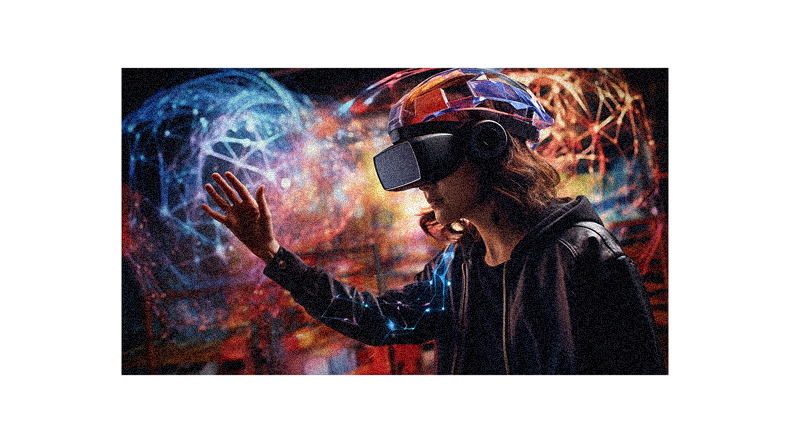You might think that art and technology are worlds apart. But what if I told you they’re becoming increasingly intertwined, creating a new genre known as interactive art?
This innovative form of expression is changing our traditional understanding of art by inviting us to engage directly with the artwork. Interactive art uses technology to create an immersive experience where your input shapes the outcome. The number of controllable parameters, fantasy elements, response timescales, and agency level enhance this involvement.
While advancements like smartphones have revolutionized engagement, technologies such as VR and AR are taking it a step further, offering even more captivating experiences. There’s no denying that accessibility can be challenging with these advanced tools; however, amidst the pandemic-induced digital shift lies the exciting potential for virtual viewing rooms and exhibitions – redefining how we experience art.
What is interactive art?
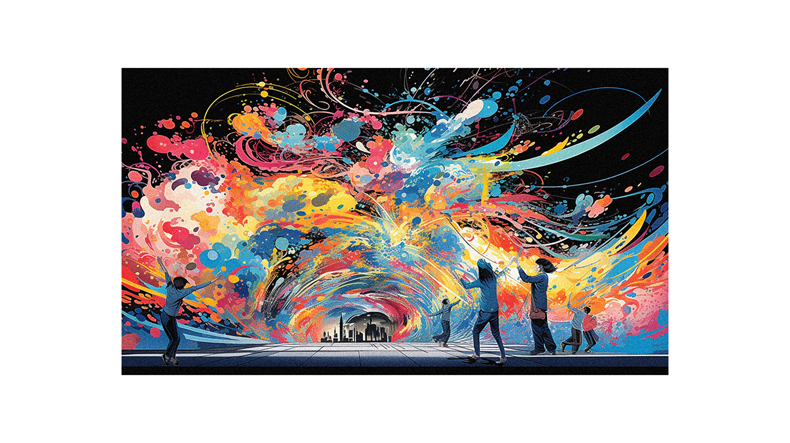
You’ve probably seen or even participated in interactive art—a form of artistic expression that merges technology and human experience. It requires your active engagement to bring the artwork to life truly. Unlike traditional art where you’re an observer, you’re a vital component shaping the outcome with your actions.
Picture this: An installation responding to your movement or voice. It could be anything from digital paintings changing colors as you approach them to sculptures altering their shapes based on your touch! The magic lies in the number of controllable parameters—sliders, buttons, etc.—which can drastically change the art piece. You might also encounter elements of fantasy—another intriguing aspect of interactive art.
So next time you come across one such piece, don’t just look at it—interact!
Engaging with interactive art
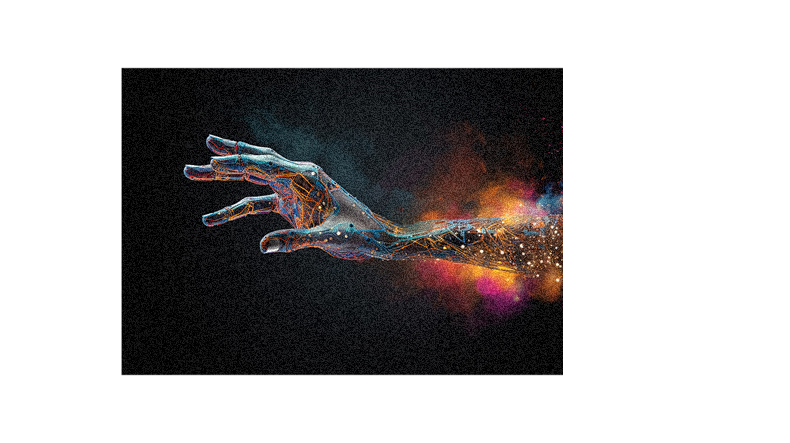
Diving headfirst into the virtual sea of digital creations can truly wrap you in a cocoon of vivid, immersive experiences that tickle your senses and inspire a deeper connection.
As you engage with interactive art, it’s important to note the four properties that enhance this engagement: controllable parameters, fantasy elements, response timescale, and agency ascribed to the work.
You’ll find that more control over parameters or elements steeped in fantasy can intensify your experience. However, timescales may not significantly affect your engagement.
The degree of agency given to the art piece could heighten its appeal, but it’s unclear whether it directly causes increased interaction.
Remember: engagement isn’t about time spent; it’s about meaningful interactions with these digital marvels.
Factors that promote engagement
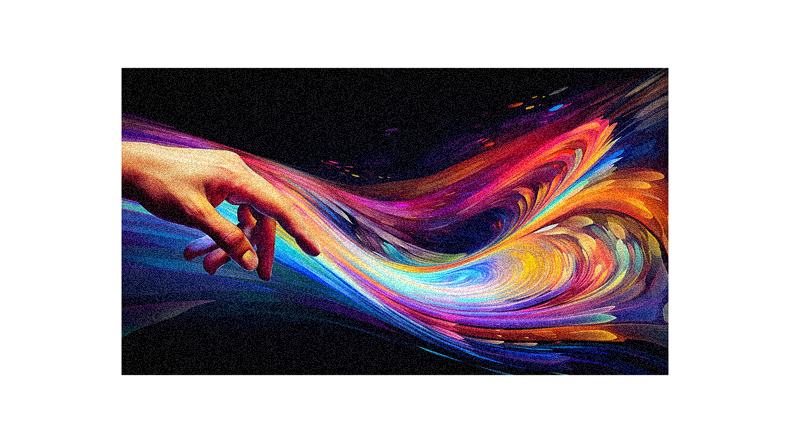
Certain factors come into play when thinking about what makes you stick around digging into an immersive digital creation. These factors include exploring a myriad of control knobs and dials, immersing oneself in a world of make-believe, or even attributing human-like traits to the artwork. Interactive art allows you to do just that. It’s not merely passive observation; it’s active participation. The more controls you have, the more engaged you tend to be.
Fantasy elements can draw some people in deeper while not affecting others. Time response doesn’t matter much, but feeling like the work has its agency can heighten your engagement levels. But remember, more research is needed here – so stay tuned!
Advancements in technology
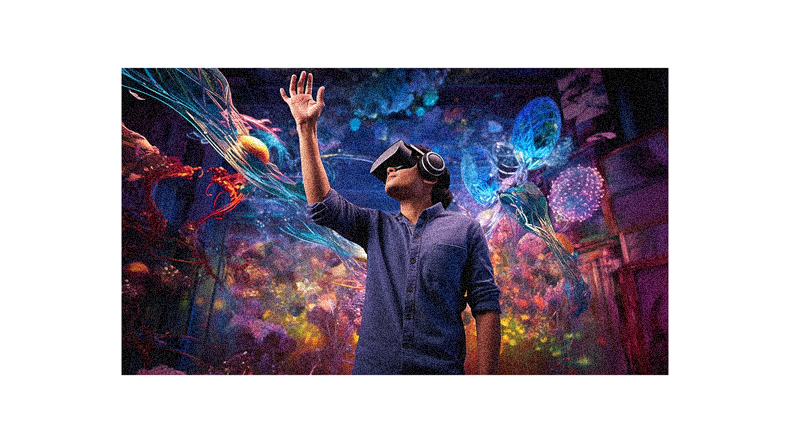
As we catapult into the digital age, artists are seizing new tools, pushing boundaries, and transforming our notion of creativity. With advancements in Virtual Reality (VR) and Augmented Reality (AR), they create immersive environments that challenge us to engage in unexpected ways.
You might have seen Laurie Anderson’s or Paul McCarthy’s VR work at art events, offering a taste of this emerging medium. Artists can now use AR on your smartphone, making it more accessible than ever before. Companies like Hauser & Wirth even offer residencies for artists to experiment with technology through their ArtLab program.
And let’s not forget that Acute Art’s platform provides access to VR, AR, and MR for artistic exploration. So gear up! The future of interactive art is here, and it’s thrillingly high-tech!
Creating immersive environments
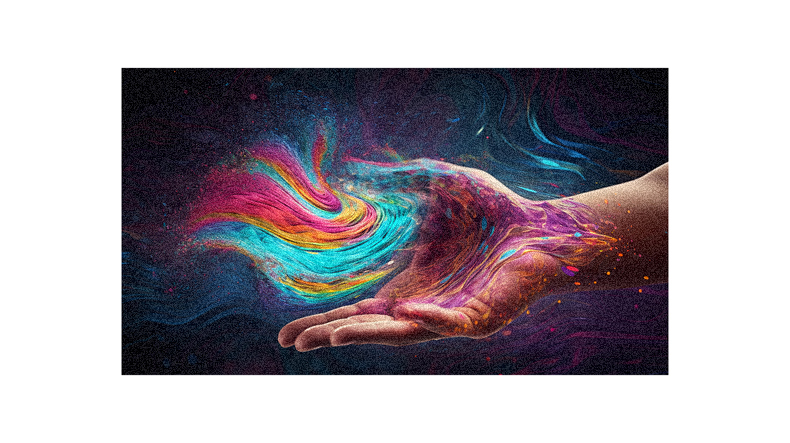
It’s beyond wild to imagine, but artists are transforming thin air into enchanting realms using cutting-edge VR and AR tech! With technology at their fingertips, they’re creating immersive interactive spaces that pull you into alternate realities.
Imagine stepping inside your favorite children’s book or exploring a funky forest designed purely from an artist’s imagination. It’s not just about observing art anymore; it’s about interacting with it and experiencing it firsthand.
Artists like Emily Gobeille are reshaping how we experience art by making us part of the creation process. As a creative director, she encourages collaboration and exploration through meaningful interaction in her artworks.
Isn’t it mind-blowing that technology pushes boundaries and deepens our engagement with art?
Follow us on Pinterest for more tips, tutorials, and artist reviews!

